On the occasion of Leo Szilárd’s birth anniversary on February 11th, librarians have prepared a special book display featuring titles related to Szilárd’s life and work.
Leo Szilárd was one of the founding fathers of both EMBL and EMBO. To honor his role, the EMBL library was named after Szilárd in 1975, following the suggestion of Sir John Kendrew, the first EMBL Director General.
More information about Leo Szilárd’s life and the development of the idea of EMBL can be found on the dedicated library page, and all titles from this special collection are available for browsing in the library catalog.
Leo Szilárd was a physicist, molecular biologist, and a vocal opponent of the nuclear arms race during the Cold War.
The new book selection covers a wide range of topics: some books quote Szilárd, others explore his role in the Manhattan Project, his contributions to physics research, and some publish his science fiction novels. The publication dates of these books range from 1971 to 2023, highlighting the enduring impact of Leo Szilárd on science over the decades.
Below is an overview of the new books, along with comments from their reviewers and publishers.
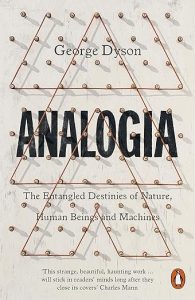
By Georg Dyson
George Dyson plots an unexpected course through the past 300 years to reveal the hidden connections that underpin our digital age, ending with a premonition of what lies ahead.
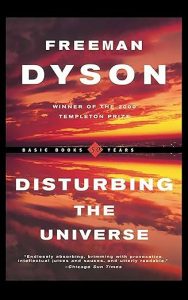
By Freeman Dyson
Detailing a unique career not limited to his groundbreaking work in physics, Dyson’s autobiography discusses his interest in minimizing loss of life in war, in disarmament, and even in thought experiments on the expansion of our frontiers into the galaxies.
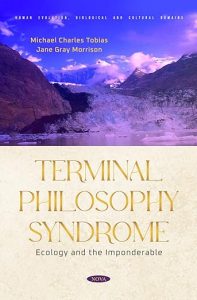
By Michael Charles Tobias and Jane Gray Morrison
This book points the finger to the human as catalyst for countless ways of self-destruction and devastation of innumerable forms of non-humans. Tobias and Morrison call for a mind shift, a radical move from passivity to bold changes in thinking and lifestyle.
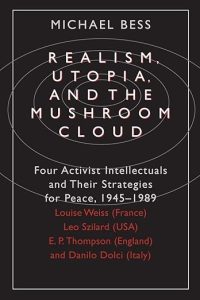
By Michael Bess
Two world wars, concentration camps, the obliteration of Hiroshima and Nagasaki, and continued preparations for nuclear war illustrate the modern world’s propensity for mass destruction. Bess examines the lives and ideas of four intellectuals that confronted this trend: Louise Weiss (France), Leo Szilard (USA), E.P. Thompson (England), and Danilo Dolci (Italy).
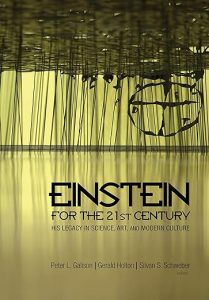
Edited by Peter L. Galison
In this wide-ranging collection, eminent artists, historians, scientists, and social scientists describe Einstein’s influence on their work, and consider his relevance for the future.
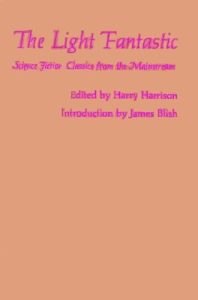
Edited by Harry Harrison
This anthology contains Leo Szilard’s SF novel “The Mark Gable Foundation”.
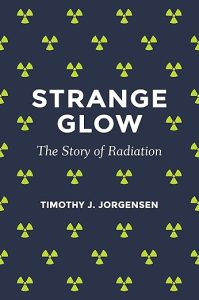
By Timothy J. Jorgensen
More than ever before, radiation is a part of our modern daily lives. This book describes mankind’s extraordinary, thorny relationship with radiation, including the hard-won lessons of how radiation helps and harms our health.
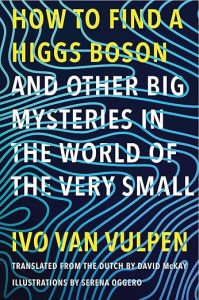
By Ivo Boely van Vulpen and translated from the Dutch by David McKay
How did physicists combine talent and technology to discover the Higgs boson, the last piece in our inventory of the subatomic world? Answering this and many other questions, Ivo van Vulpen — a CERN particle physicist and member of the team behind the detection—invites us on a journey to the frontiers of our knowledge.







